I’m always eager when I travel outside the United States to experience and learn as much as I can about gay life and the “gay scene” wherever my travels take me. My most recent trip took me to Seoul, South Korea, where I met some amazing people, and got a first hand look at gay life in Seoul.
South Korea is a conservative country! I didn’t fully understand this at first, but think of the prejudice and stigma of the Reagan years in which many HIV+ gay men were ignored until they died, and you’ll get an idea of how it is there now. Until very recently, being LGBT in Seoul meant not existing, as the government and society in general opted to simply ignore and pretend LGBT people didn’t exist. The government refused to acknowledge the LGBT population in any legislation or regulation and the vast majority of people, if asked, would say there were no LGBT people in Korea. While this seems unbelievably naive, it is very similar to attitudes here in the United States until recently.
Pretending things do not exist seems to be the way conservative minded people handle anything that runs contrary to their narrow frame of view, this is the same here as anywhere. It is easier to ignore and deny the unfamiliar than accept it, and easier still if everybody ignores it together. Further compounding the stigma against being LGBT is the notion of perfection as this ideal is highly valued in Korean culture and nearly always queer people don’t meet the criteria for that level of perfection.
This attitude affects those in the LGBT community hardest. Coming out is a rarity, with most fearing family shame and disapproval. Those who do step out into the gay community often do so with face masks, makeup, or other disguises to prevent an accidental public outing.
In recent years, a handful of organizations and people have emerged to fight back against this complacency and demand that their country acknowledge them. Starting with the first Pride Parade in 2000, where 50 people attended, and leading to the 2014 Pride Parade and Festival with over 20,000 attendees, hearts and minds are starting to change. Similar to Seattle’s 2014 Pride Parade, Seoul was also bombarded with Christian protesters during their parade. In Seattle, the local police coordinated with Pride staff to ensure the disruption was minimal, with the quick and peaceful dispersal of the protesters. The protests in Seoul were handled much differently, with the government endorsing the protesters and withdrawing the permit for the Pride Parade thereby leaving the LGBT community alone to face the crowds. The Seoul protests disrupted the Pride Parade for over 4 hours before they were allowed to pass.
I had the honor to meet with one of Seoul’s most progressive and openly gay activists, Heezy Yang, who as an artist, has worked tirelessly at changing the country’s stance on LGBT rights. 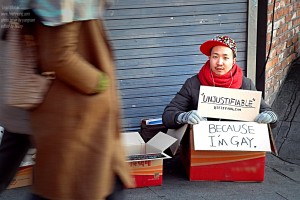 His highest profile project was a one-man demonstration, called “Unjustifiable”, where he would put himself in a box on street corners along with various “throw-away” toys, each tossed out for their various defects, including Heezy, because he is gay. He holds a sign saying simply, “Unjustifiable” which caught the attention of many passersby and the local Seoul media outlets.
His highest profile project was a one-man demonstration, called “Unjustifiable”, where he would put himself in a box on street corners along with various “throw-away” toys, each tossed out for their various defects, including Heezy, because he is gay. He holds a sign saying simply, “Unjustifiable” which caught the attention of many passersby and the local Seoul media outlets.
Heezy explains, “I started this project because I felt like this was something only I could do in the given situation – Korea being a very conservative society where LGBT people and also people in general can not express themselves because being different is never acceptable. Therefore I had to do it for the sake of others who are suffering but aren’t able to express it. I was especially inspired and encouraged by people who worked so hard to make the first LGBT shelter in Korea happen.”
While homelessness isn’t as wide spread in Korea as it is in the United States, a disproportionate of the homeless in Korea are LGBT youth. To shame one’s family is unacceptable in Korean culture, and it is not uncommon for a family to verbally,  emotionally and physically abuse or even disown an LGBT family member. With resources scarce in Seoul, these kids are left with few options if they are kicked out of the family home or flee due to abuse.
emotionally and physically abuse or even disown an LGBT family member. With resources scarce in Seoul, these kids are left with few options if they are kicked out of the family home or flee due to abuse.
At this time, only one organization has formed to counsel, mentor, and assist the LGBT youth in Korea. Rainbow Teen Safe Space strives to connect with the street youth offering a “multi-dimensional support system by providing crisis intervention, counseling teens for socio-psychological pain and trauma, and restoring relationships between queer teens and their parents/peers.” They have created a Safe Space where queer teens can feel accepted and affirmed. Their ultimate goal is to establish a self-sustaining, long-term shelter for LGBT youth with established programs to help these young adults move into jobs and housing that is accepting of their lifestyle. With no government funding, Rainbow Teen Safe Space relies entirely upon individual donations to keeps their programs alive.
You can read more about Rainbow Teen Safe Space and donate here: http://www.globalgiving.org/projects/rainbow-teen-safe-space/
Every dollar helps – so send some love to the youth of Seoul!
Even though Seoul has a long road to travel to achieve the kind of equality we enjoy in Seattle, not all is bad in the Seoul Gay Scene and things are changing quickly. The emergence of a “gayborhood” and some other neighborhood gay bars, hangouts, and dance clubs bring out the crowds, especially on the weekends. “Homo Hill” in Seoul’s Itaewan neighborhood is a small but flourishing section of gay, lesbian, trans, and queer centric bars and clubs that offer up a wild mix of music, DJs, live entertainment and even drag shows!
I stopped with Heezy at Club Soho, on Homo Hill, to check out his latest art exhibition, The Colorful Side of Heezy Yang.
Heezy’s art is a reflection of the queer scene in Seoul and uses deeply personal experience and thoughts to portray a vision of gay life in Seoul. The photo above portrays four of Seoul’s hottest drag queens, Hurricane Kimchi, Kuciia Diamant, Winnie and Be’Yonca Fierceness, who in reality play an important role in developing Seoul’s new gay scene. Drag shows are becoming more popular here with these ladies leading the charge.
To give light to the darker side of LGBT reality in Korea, Heezy created a visually violent series called “Boy and His Sexual Needs”. After researching sexual crimes committed against LGBT people both in Korea and abroad, Heezy combined the horrific tapestry of those experiences with his own thoughts and feelings to capture a frightening and eye-opening presentation that displays the severity of violence that has affects the LGBT community in Korea and all over the world.
TRIGGER WARNING!!!!!!!!!!
These photos are brutal and are not for the faint of heart!
Born and raised in Seoul, Heezy’s own coming out and decision to live openly gay was a years long process, carefully orchestrated in an effort to maintain his family ties while being a beacon of hope for others still closeted.
Artists and activists like Heezy are forcing the general public in Korea to take notice of the LGBT population. As places like “Homo Hill” emerge and flourish, they stand to serve real proof that art can instigate societal change toward acceptance of LGBT people. They are in the final planning stages for 2015 Seoul Pride and expect the largest attendance yet. Heezy will open this year’s festivities with a live performance and the community will come together to celebrate another year of being out. Heezy and his allies will continue to advocate for LGBT rights and protections in Korea. Through his dedication and bravery, Heezy’s efforts are making a difference to LGBT people throughout Korea, and the world.
Heezy keeps busy with his activism, art, graphic novels in addition to producing events throughout Seoul. Check out all of Heezy Yang’s work at: www.heezyyang.com
Below are some additional colorful samplings of Heezy’s art, some fully illustrated, and others illustrated over the photographs of New York photographer, Richard Rothstein. Look for more of Heezy’s artwork to pop up on Seattle Gay Scene soon!


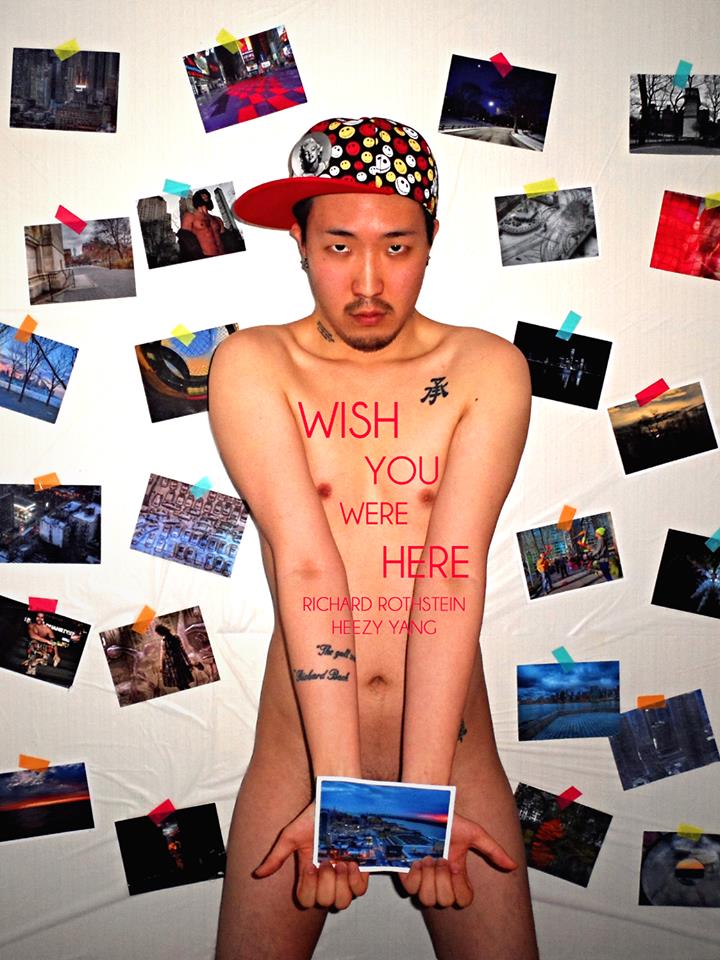















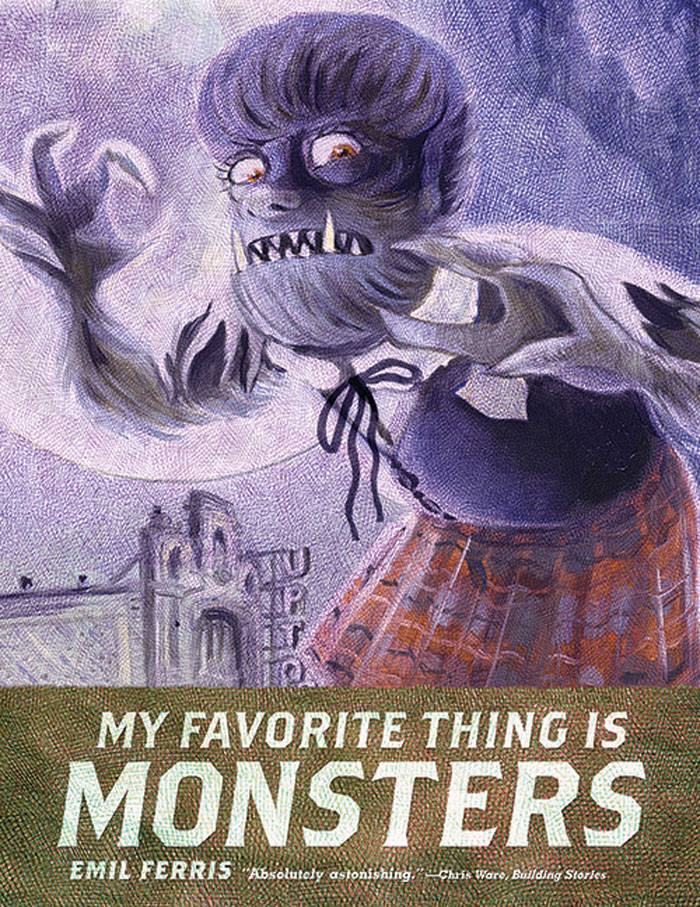
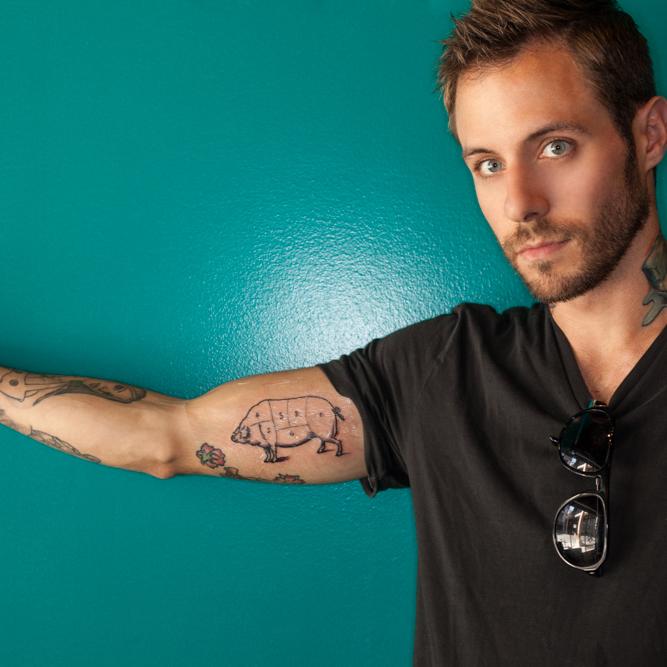

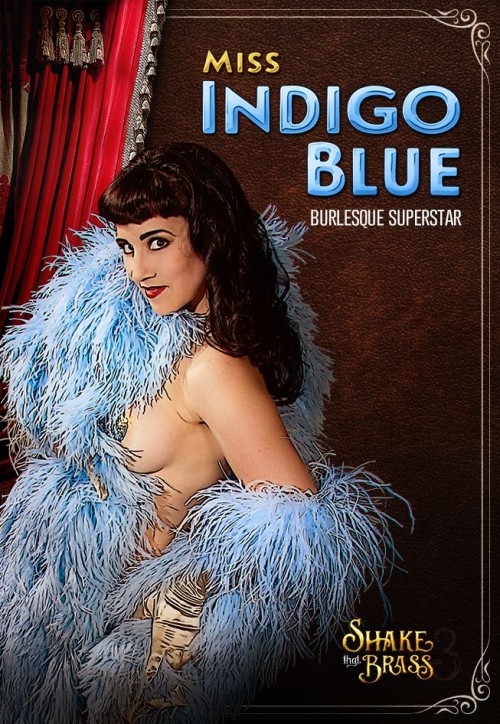
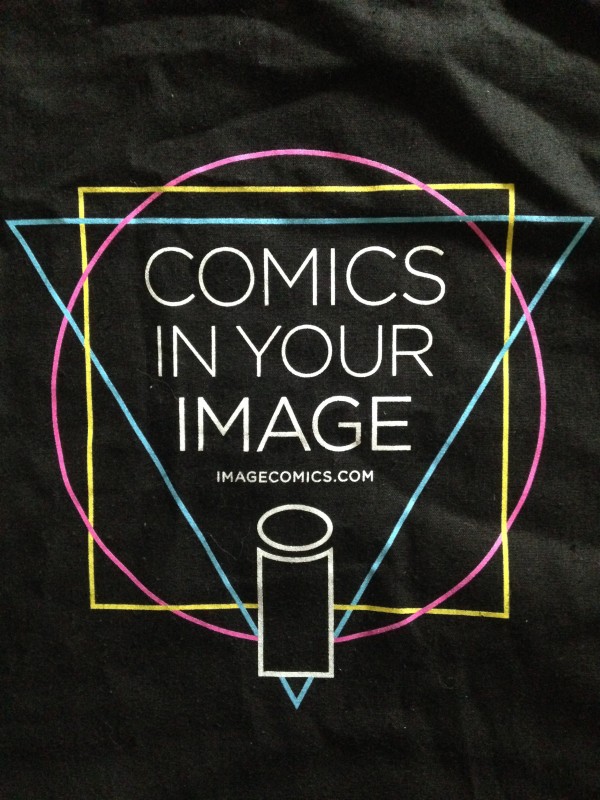
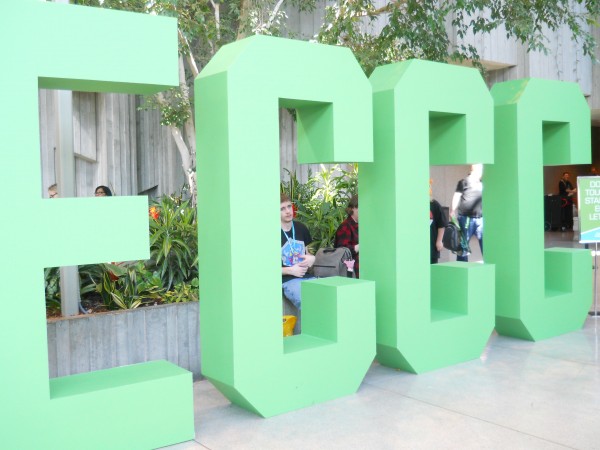
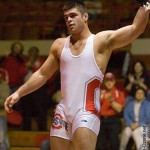
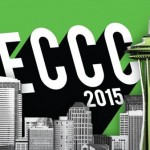

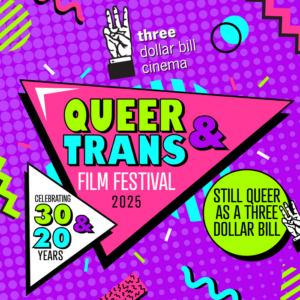



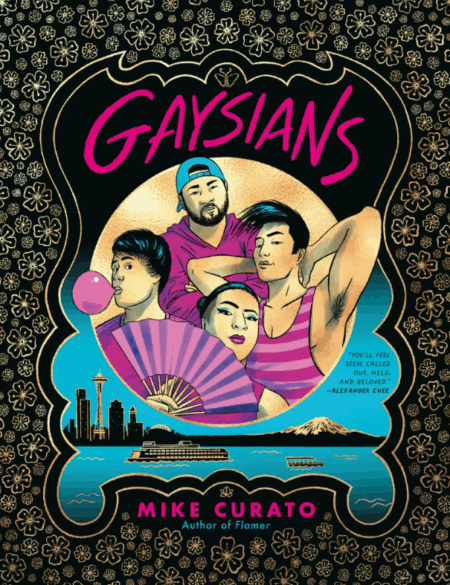

[…] Artists and activists like Heezy Yang are forcing the general public in Korea to take notice of the LGBT population and Adam was fortunate to spend time and shz. As places like “Homo Hill” emerge and flourish, they stand to serve real proof that art can instigate societal change toward acceptance of LGBT people. They are in the final planning stages for 2015 Seoul Pride and expect the largest attendance yet. Heezy will open this year’s festivities with a live performance and the community will come together to celebrate another year of being out. But the journey is drought with harsh, sometimes violence times as change is fought for and slowly won. Check out Adam McRoberts’ full article here: http://seattlegayscene.com/2015/04/out-in-the-world-seoul-gay-scene/ […]